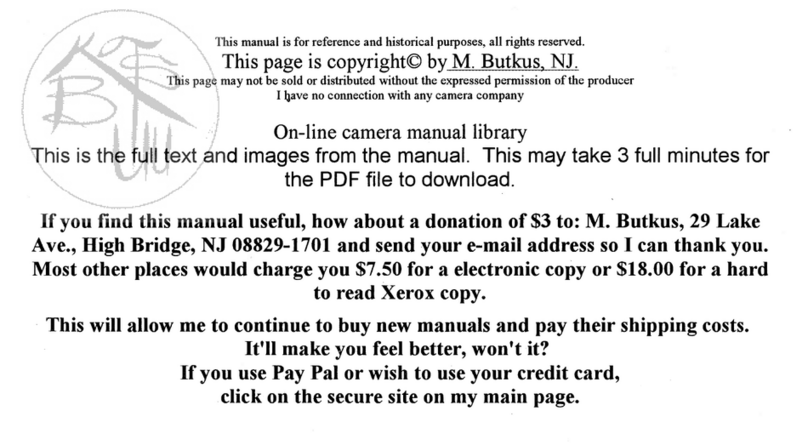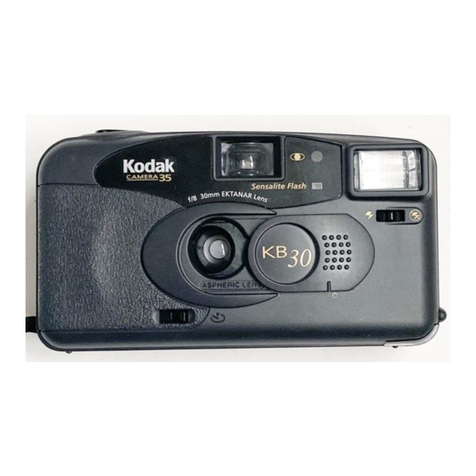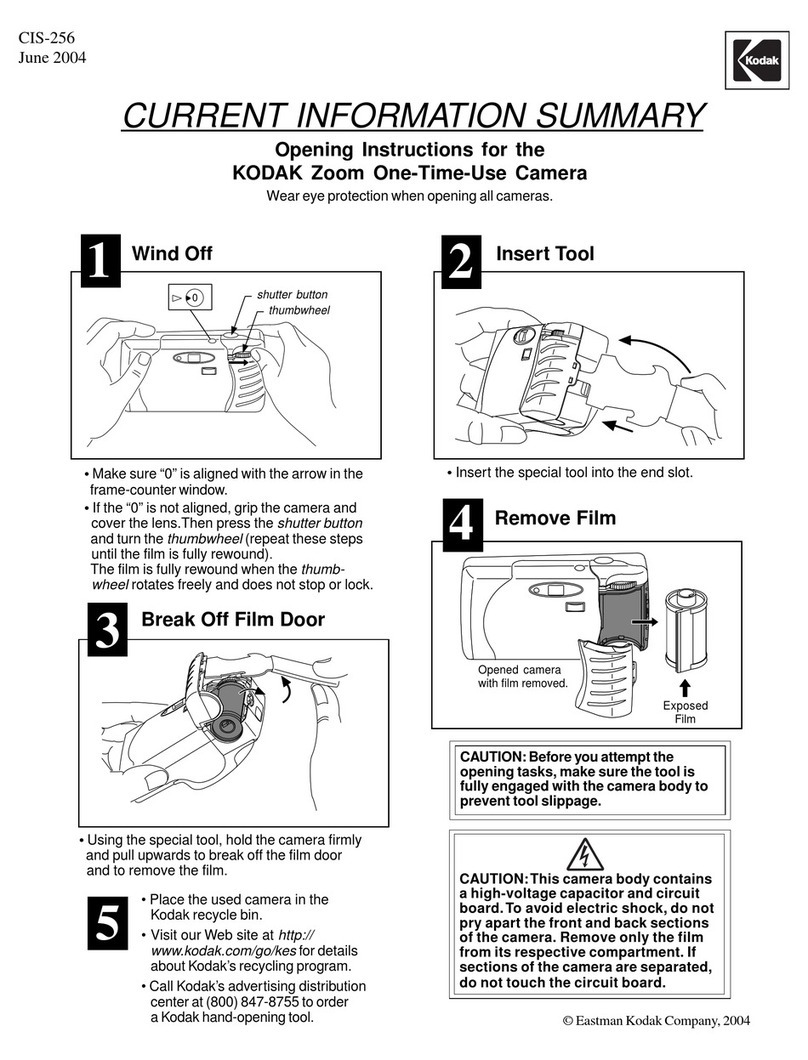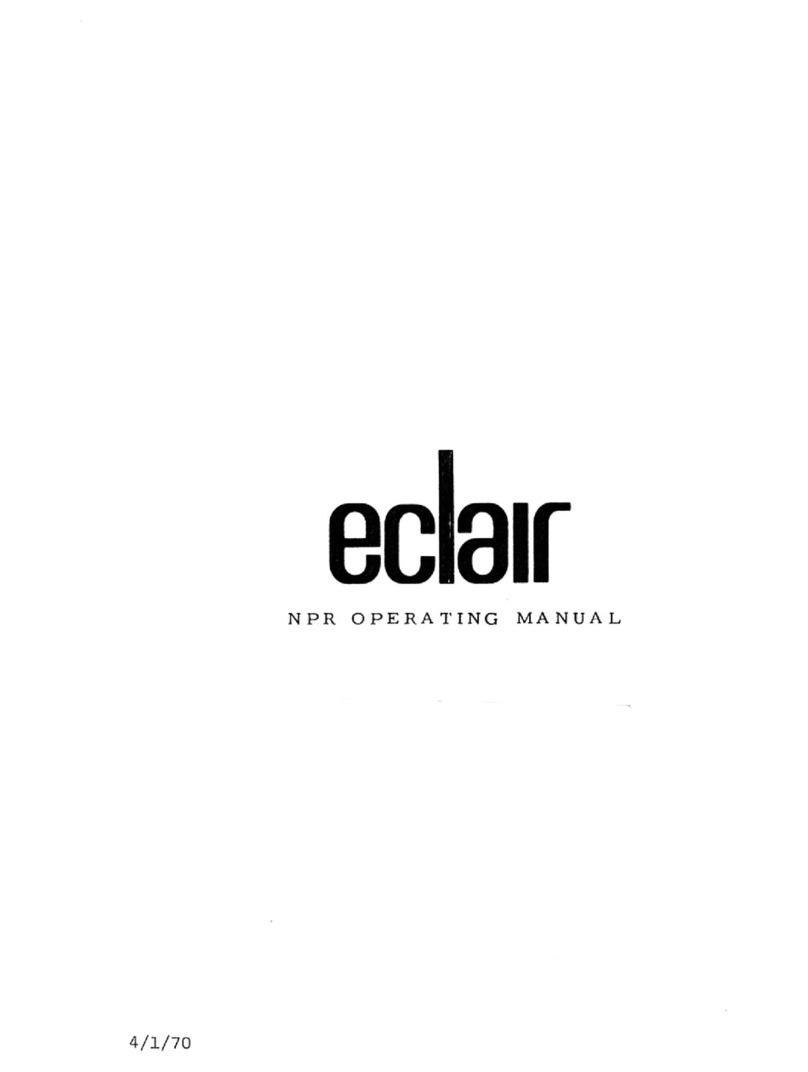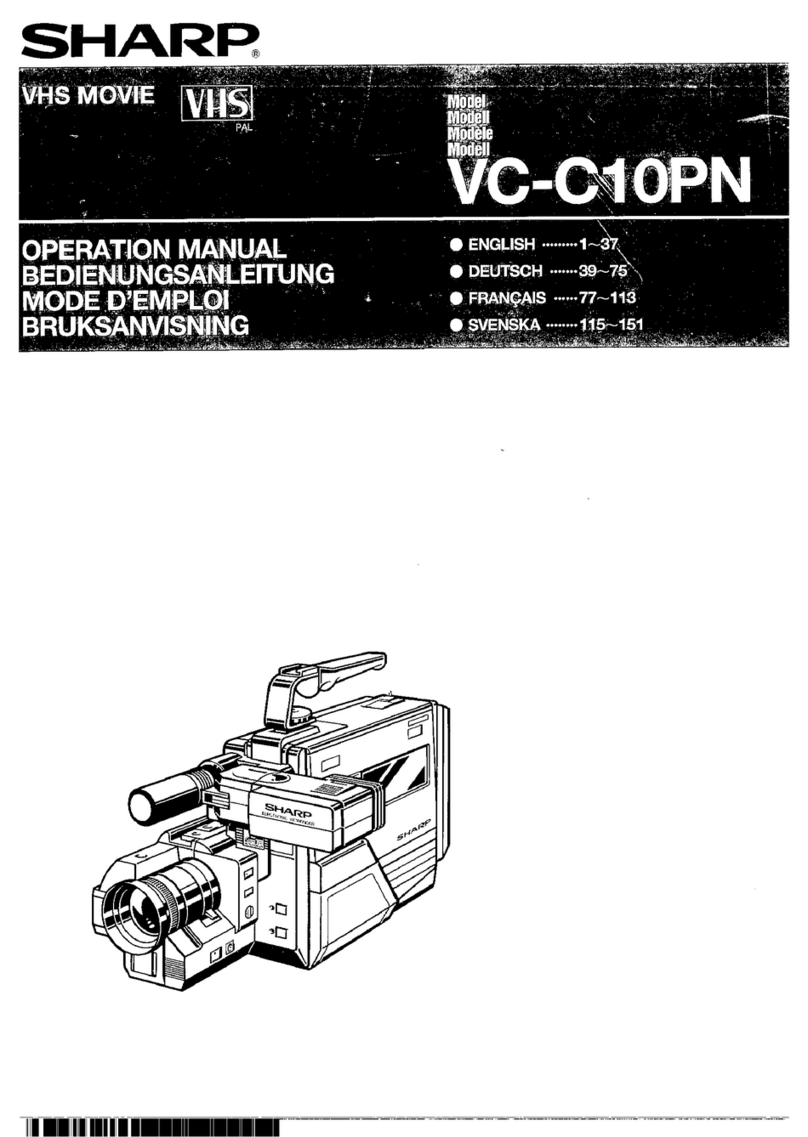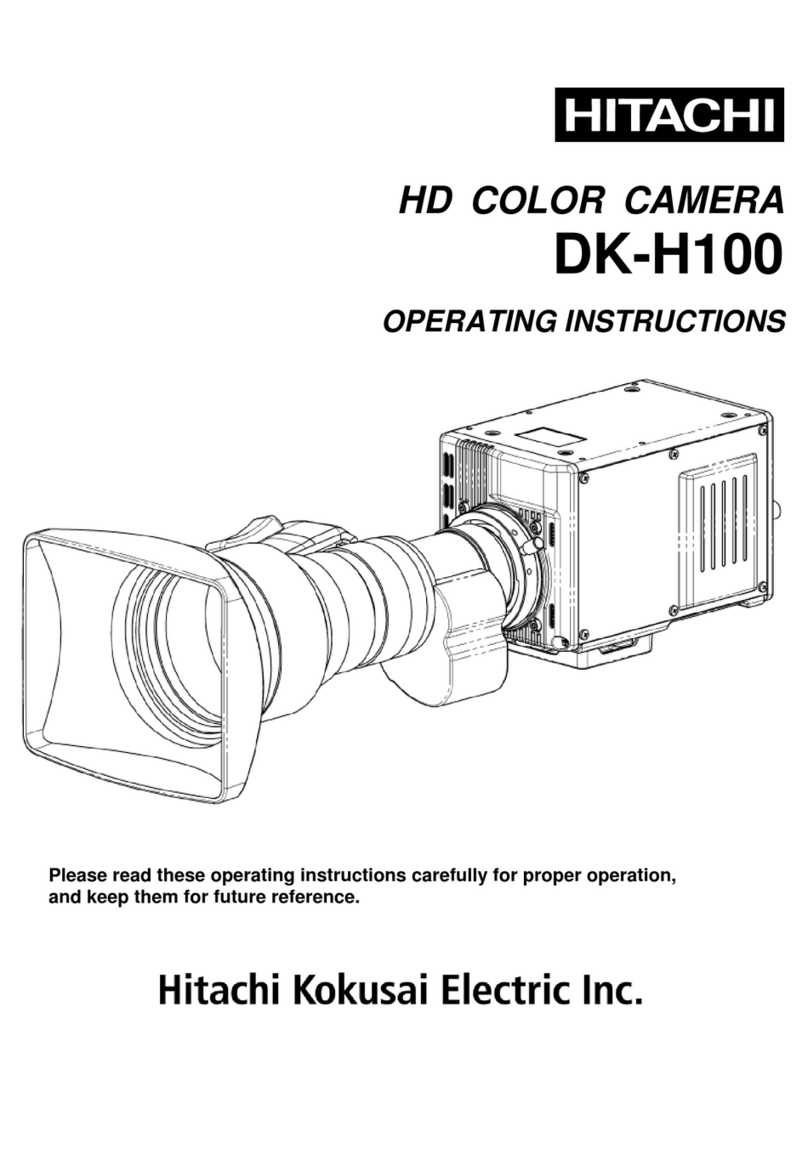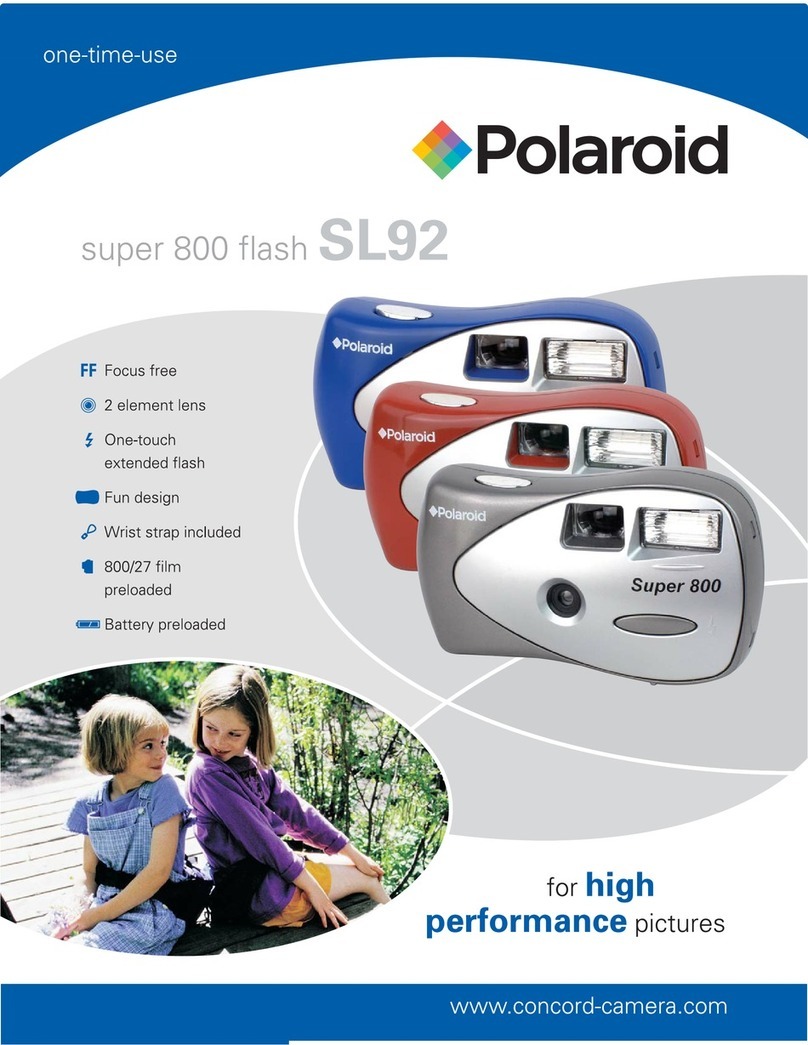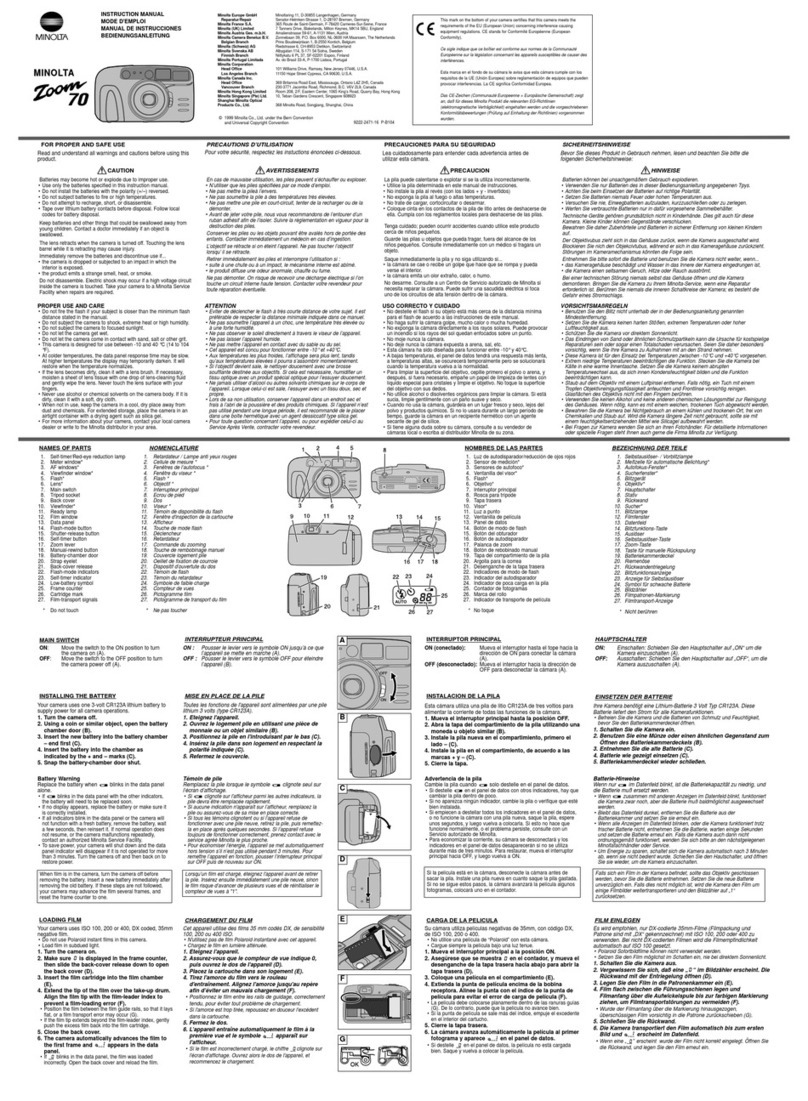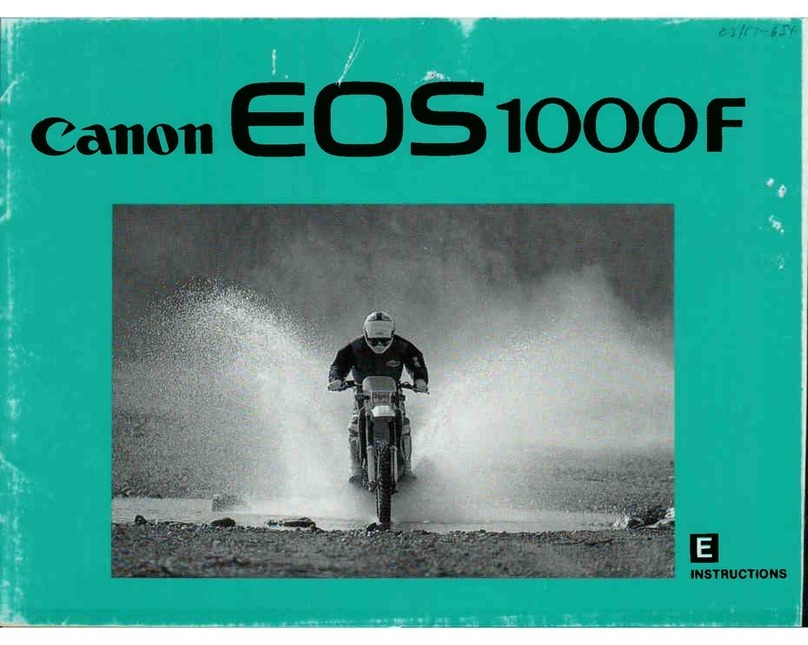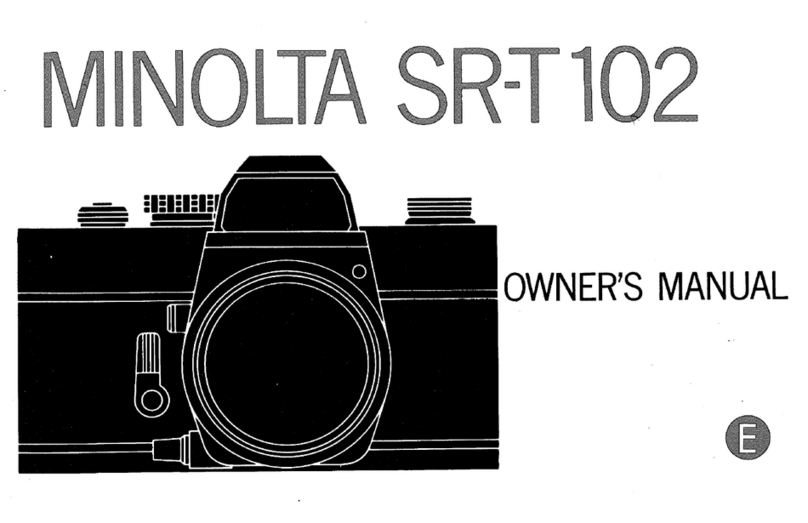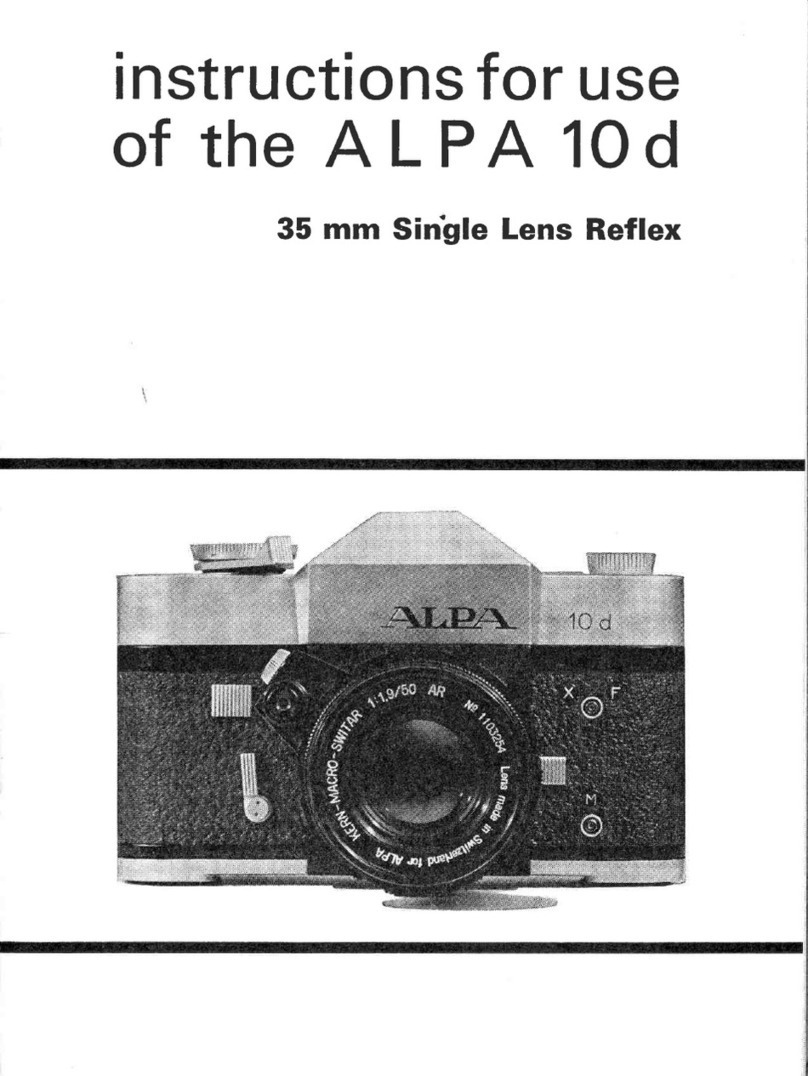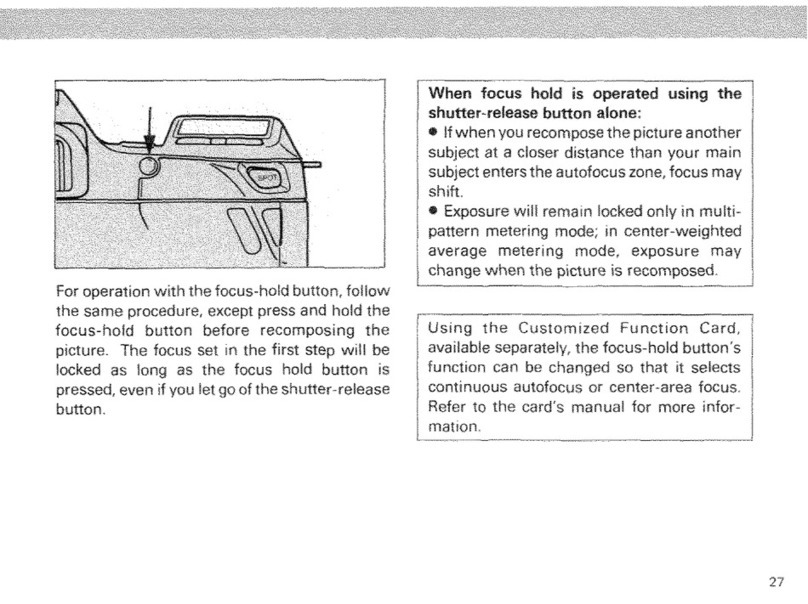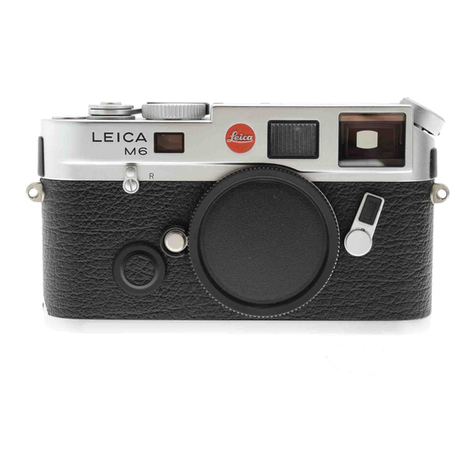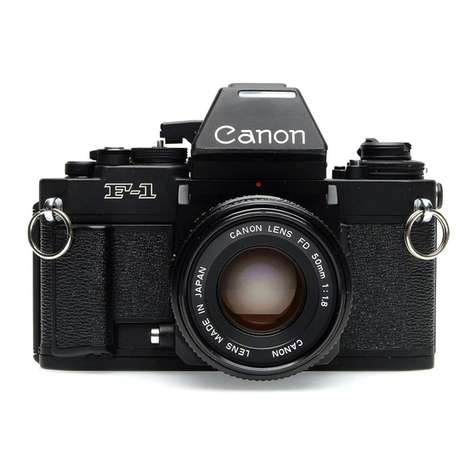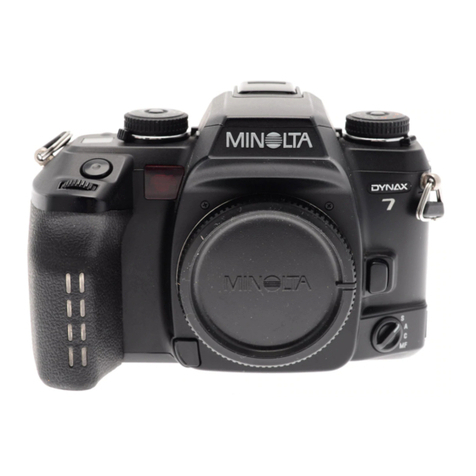Kodak Advantix T70 User manual
Other Kodak Film Camera manuals

Kodak
Kodak Advantix 3100AF User manual
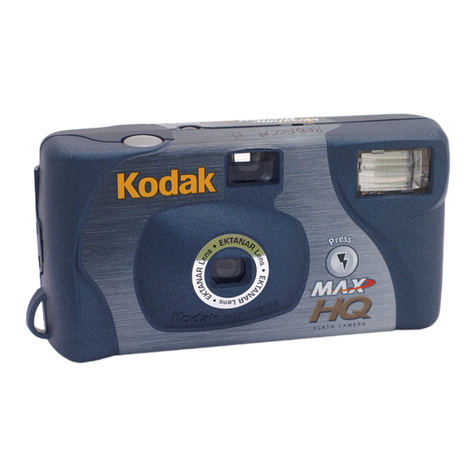
Kodak
Kodak MAX HQ - One Time Use Camera User manual

Kodak
Kodak ADVANTIX 4100ix zoom User manual
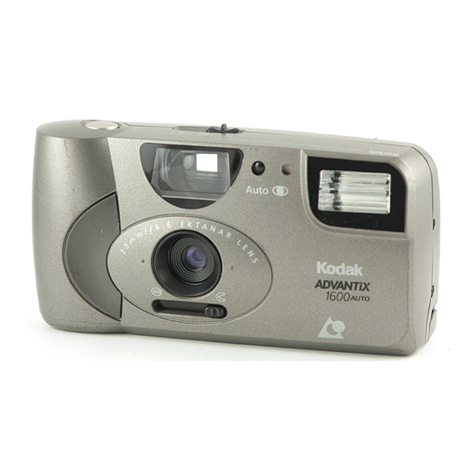
Kodak
Kodak 1600 User manual

Kodak
Kodak Advantix 2100 Auto User manual
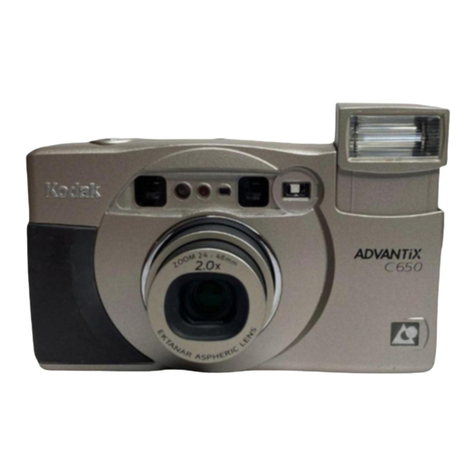
Kodak
Kodak Advantix C650 User manual
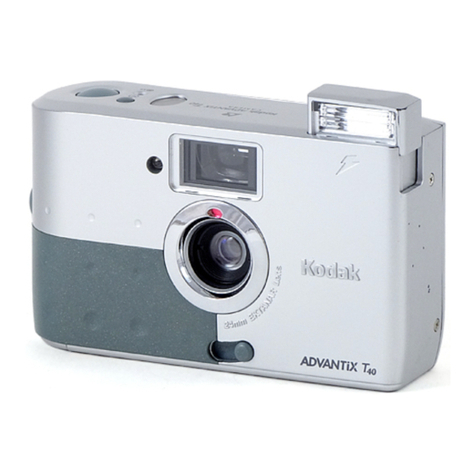
Kodak
Kodak Advantix T40 User manual
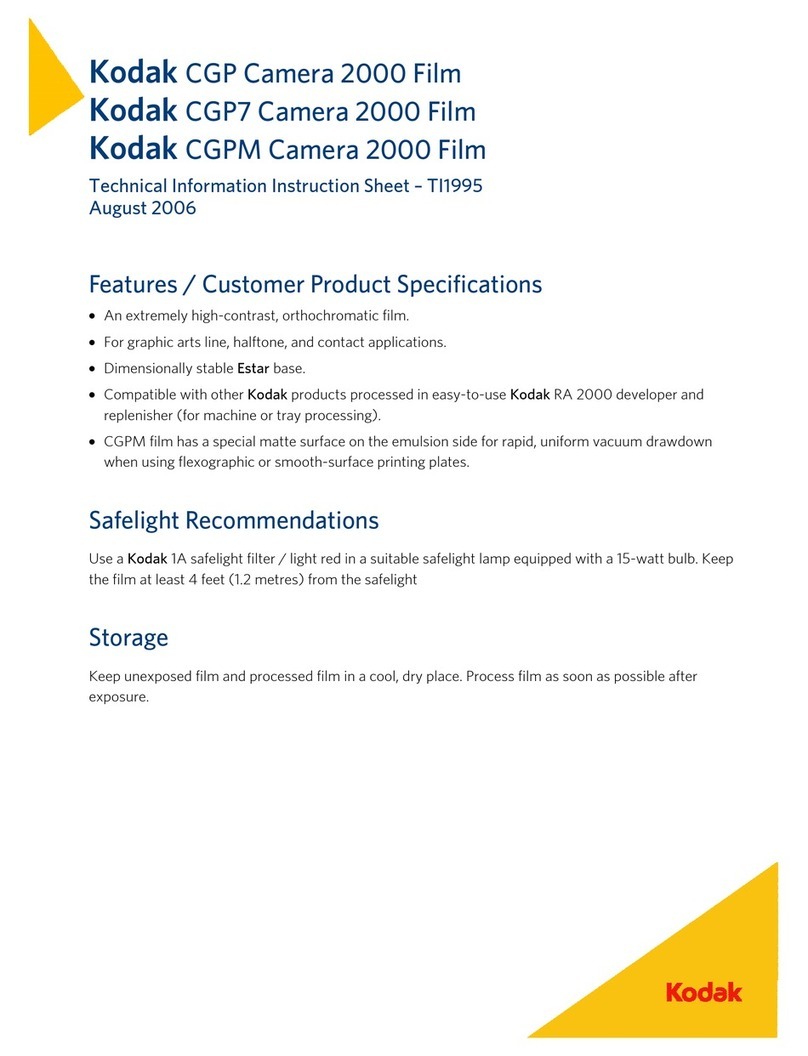
Kodak
Kodak CGP Camera 2000 Film User manual
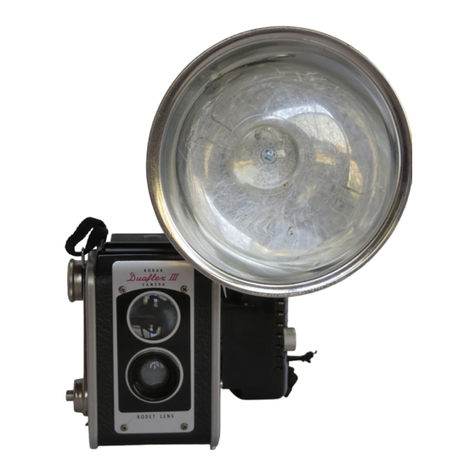
Kodak
Kodak DUAFLEX III User manual
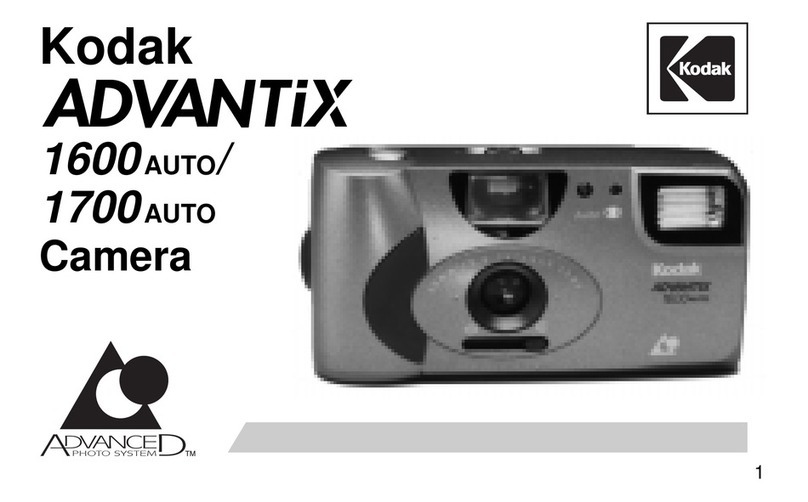
Kodak
Kodak Advantix 1600 Auto User manual
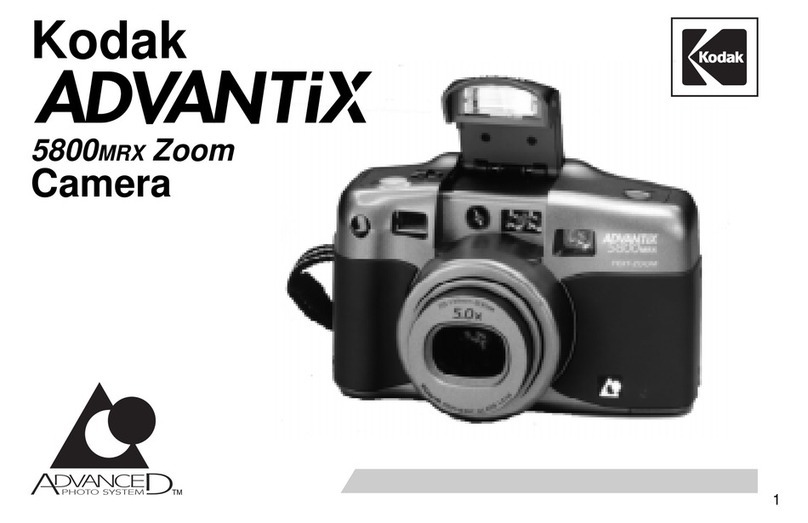
Kodak
Kodak Advantix 5800 MRX Zoom User manual

Kodak
Kodak Advantix 3600 ix User manual

Kodak
Kodak Cine- Magazine 16 User manual
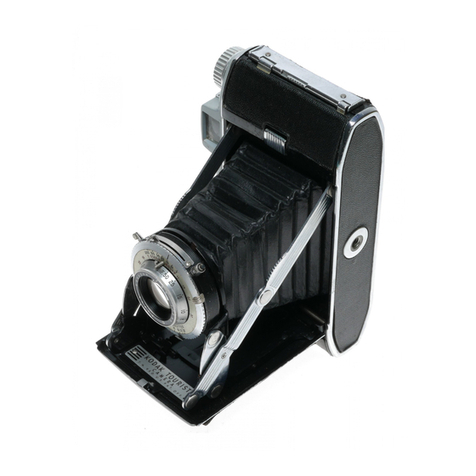
Kodak
Kodak Tourist User manual

Kodak
Kodak Medalist II User manual

Kodak
Kodak Retina Reflex User manual
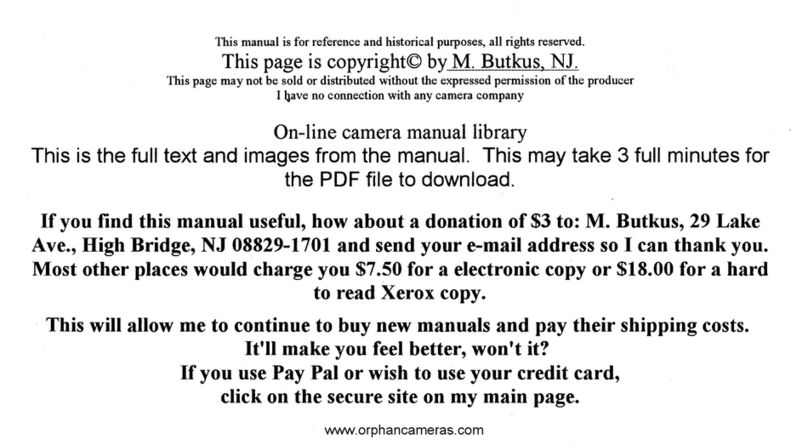
Kodak
Kodak Browaie 2-A User manual
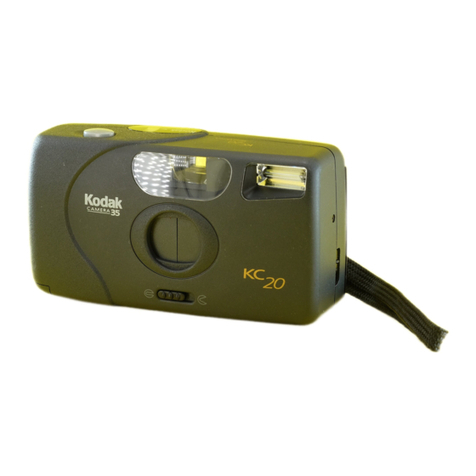
Kodak
Kodak KC20 User manual

Kodak
Kodak F620 Zoom User manual
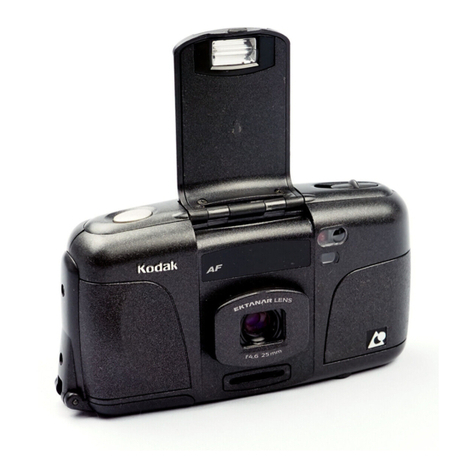
Kodak
Kodak Advantix 3200AF User manual
